Years ago, when we talked about chips, we basically referred to the CPU. However, with the advent of the smartphone era, the CPU is just a part of the mobile chip; the more professional term is SoC (System on Chip).
The release of Qualcomm Snapdragon 888 once again reinforced this understanding: the SoC in smartphones is becoming increasingly powerful and versatile, far beyond what can be summarized by just the CPU and GPU.
In fact, during Qualcomm’s technical communication conference, the parts about chip manufacturing process, CPU architecture, and performance were only briefly mentioned—a brand new 1+3+4 structure consisting of 1 Cortex-X1 super core, 3 Cortex A78 performance cores, and 4 Cortex A55 efficiency cores, with the super core clock speed reaching 2.84GHz, large core clock speed at 2.4GHz, and small core clock speed at 1.8GHz. More emphasis is placed on what kind of experience enhancements the newly released Qualcomm Snapdragon 888 SoC can bring to users.
After the official release of Snapdragon 888 yesterday, over a dozen Android phone manufacturers from A (ASUS) to Z (ZTE) stated that they would soon launch high-end smartphones based on this flagship SoC. In the past, high-end phones were known for their high performance, but now, in addition to high performance, high-end phones also require high-end network connectivity, imaging capabilities, and gaming experiences; furthermore, the level of artificial intelligence can also influence the comprehensive user experience.
Thus, the focus of the Snapdragon 888 update unfolds: enhanced 5G and Wi-Fi 6 rates, more powerful photography capabilities, exciting gaming performance support, and a significant leap in AI performance.
Network speed is like a knife, the key lies in the modem.
This generation of Snapdragon 888 adopts an integrated 5G modem on its flagship chip, incorporating Qualcomm’s third-generation 5G modem and radio frequency system—the Snapdragon X60, which supports both 5G millimeter wave and Sub-6 GHz bands, achieving true 5G universal compatibility. Additionally, thanks to the advanced 5nm manufacturing process, it is expected that Android flagships equipped with this SoC will perform better in terms of 5G power consumption next year, resulting in longer battery life.
In terms of network speed improvement, this generation of Snapdragon 888 has also seen a significant enhancement due to support for 5G carrier aggregation technology. Theoretically, Snapdragon 888 devices can achieve the fastest commercial 5G network speeds globally, delivering download speeds of up to 7.5Gbps and upload speeds of 3Gbps.
This download speed means that users can download the files they want during their spare time or in urgent situations, such as downloading a TV series to watch during a flight just minutes before takeoff.
In addition to comprehensive and fast support for 5G, Snapdragon 888 also enables smoother Wi-Fi and Bluetooth connections.
Support for Wi-Fi 6 is naturally a given, and the latest Wi-Fi 6E standard, with the addition of the 6GHz band, will further enhance Wi-Fi connection speeds and improve congestion issues. Bluetooth 5.2 and dual-antenna Bluetooth technologies will comprehensively enhance the user experience of wireless headphones in terms of connection stability, range, and sound quality.
Thus, it can be seen that Qualcomm’s technical layout extends far beyond just processors or modems; as long as data connections occur, Qualcomm is present. After all, Qualcomm’s brand name is a combination of Quality and Communication.
Photography Has Become More Fun
If we extend the time dimension a bit, we can find that the progress in smartphone photography capabilities can accumulate over time to achieve significant advancements. From the initial few million pixels, where cameras struggled in night scenes and backlighting, they have now evolved into “microscopes,” “night vision devices,” and “telescopes”…
This is due to the larger camera image sensors, the addition of multi-camera systems, and, of course, the continuous improvement of SoC processing capabilities.
On Snapdragon 888, its support for photography capabilities has reached a new height, with the most crucial aspect being the addition of 3 ISPs (Image Signal Processors). This is the first time Qualcomm Spectra supports 3 ISPs.
Now, most high-end smartphones are standardly equipped with a wide-angle + main + telephoto multi-camera combination, covering more focal lengths and allowing for new features such as portrait blurring. Moreover, many smartphones now have a 100-megapixel main camera, which poses challenges for the performance of the ISP image signal processor.
The 3 ISPs on Snapdragon 888 allow smartphones to record 3 4K HDR videos simultaneously and support three 28-megapixel lenses to take photos at the same time, which is quite friendly for creators, allowing them to obtain three different focal length video or image materials simultaneously.
Additionally, the simultaneous operation of 3 ISPs can solve previous issues, such as many Android phones experiencing stuttering during zoom or switching between different lenses. Future smartphones equipped with Snapdragon 888 can fundamentally resolve this issue; the triple concurrency feature brought by the Spectra 580 ISP can support the simultaneous operation of three cameras in the background, allowing quick switching between cameras, making the camera switching as smooth as silk.
For Qualcomm, which provides the hardware foundation, software algorithm vendors can create unprecedented features on this basis. At the technical summit for the release of Snapdragon 888, imaging algorithm provider ArcSoft demonstrated more possibilities with the combination of 3 ISPs and AI: the phone automatically adjusts the focus to track moving subjects, maintaining the same proportion of the subject in the frame, regardless of how far the subject is from the lens. This means that hardware upgrades combined with intelligent algorithms allow novices to achieve professional photographer-level techniques.
The functions empowered by AI are even more numerous, such as Qualcomm’s so-called 3A algorithm: auto-focus, auto-exposure, and auto-white balance. The Spectra 580 also adopts Qualcomm’s 10th generation 3A algorithm, which is the first AI-powered 3A algorithm, elevating the image quality of smartphone photography to a new level.
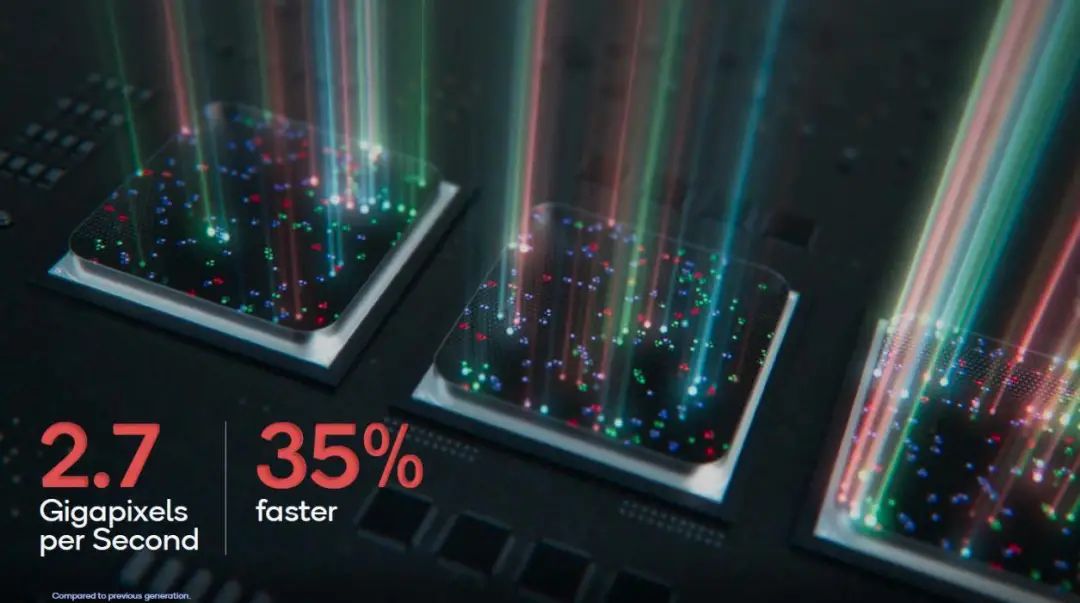 It is inevitable to discuss the performance of the shooting data; although photography is an art, technology can provide a larger stage for art: for instance, Snapdragon 888 supports native 10-bit color depth HEIF format shooting, allowing users to capture photos with over 1 billion colors. This is an important breakthrough; the 10-bit HEIF format brings higher clarity, more details, and more vibrant colors, which were impossible with the previous 8-bit tone-mapped JPEG method. The Spectra 580 ISP can process up to 2.7 billion pixels of data per second, meaning it can capture 120 frames per second, with each frame being 12 million pixels; the low-light shooting performance of Snapdragon 888 has also improved, allowing for dark-light shooting even at 0.1 lux (almost completely dark).
It is inevitable to discuss the performance of the shooting data; although photography is an art, technology can provide a larger stage for art: for instance, Snapdragon 888 supports native 10-bit color depth HEIF format shooting, allowing users to capture photos with over 1 billion colors. This is an important breakthrough; the 10-bit HEIF format brings higher clarity, more details, and more vibrant colors, which were impossible with the previous 8-bit tone-mapped JPEG method. The Spectra 580 ISP can process up to 2.7 billion pixels of data per second, meaning it can capture 120 frames per second, with each frame being 12 million pixels; the low-light shooting performance of Snapdragon 888 has also improved, allowing for dark-light shooting even at 0.1 lux (almost completely dark).

 It can be said that in the past, we viewed photography as a technology of light; now, with more powerful hardware and advanced AI algorithms, smartphone photography has completely entered the era of computational photography, almost like a magic of light. This means that novice photographers can take decent photos, while advanced photographers have more room for creativity, raising the lower limit and enhancing the upper limit.
Gaming Will Be More Hardcore
A few years ago, mobile games were at the bottom of the gaming hierarchy, with console and PC gamers considering tapping a mobile screen as gaming; was match-3 or bubble shooter even considered a game?
However, with the mobile adaptations of PC games like League of Legends, Call of Duty, and PUBG, mobile games are now not only seeking commercial success but also aiming for quality breakthroughs, with traditional heavy-duty games like shooters and MOBAs increasingly appearing on mobile platforms.
To match heavy-duty games, the graphical performance of games is rapidly improving, which naturally poses a significant challenge to the SoC’s graphics performance.
This time, the GPU performance of Snapdragon 888 has improved by 35% compared to the previous generation Snapdragon 865, marking the largest enhancement in Adreno GPU history, delivering the most powerful Adreno GPU performance while reducing power consumption by 20%. This energy efficiency improvement provides a solid foundation for gaming support, especially when paired with the high refresh rate screens that are standard in flagship devices, Snapdragon 888 can provide an ultra-smooth gaming experience.
Nowadays, resolution and frame rate are basic components of mobile gaming; beyond that, graphics and control performance are actually the advanced aspects that determine the gaming experience.
Snapdragon 888 supports Qualcomm Game Quick Touch technology, which can increase touch response speed by 20%, crucial for competitive gaming, making control during critical moments more responsive and touch reactions more sensitive.
The previous Snapdragon 865 brought GPU driver updates and PC-level forward rendering features; now, the third-generation Snapdragon Elite Gaming supported by Snapdragon 888 brings another important PC-level feature to mobile: variable rate shading. Snapdragon 888 is the first mobile platform to support variable rate shading. With variable rate shading, overall game performance can be improved by up to 30%. This allows games to run more smoothly and can operate for longer periods with lower power consumption. It will also provide game developers with greater creative space to fully utilize hardware, offering larger and more unique experiences for mobile game development.
It can be said that in the past, we viewed photography as a technology of light; now, with more powerful hardware and advanced AI algorithms, smartphone photography has completely entered the era of computational photography, almost like a magic of light. This means that novice photographers can take decent photos, while advanced photographers have more room for creativity, raising the lower limit and enhancing the upper limit.
Gaming Will Be More Hardcore
A few years ago, mobile games were at the bottom of the gaming hierarchy, with console and PC gamers considering tapping a mobile screen as gaming; was match-3 or bubble shooter even considered a game?
However, with the mobile adaptations of PC games like League of Legends, Call of Duty, and PUBG, mobile games are now not only seeking commercial success but also aiming for quality breakthroughs, with traditional heavy-duty games like shooters and MOBAs increasingly appearing on mobile platforms.
To match heavy-duty games, the graphical performance of games is rapidly improving, which naturally poses a significant challenge to the SoC’s graphics performance.
This time, the GPU performance of Snapdragon 888 has improved by 35% compared to the previous generation Snapdragon 865, marking the largest enhancement in Adreno GPU history, delivering the most powerful Adreno GPU performance while reducing power consumption by 20%. This energy efficiency improvement provides a solid foundation for gaming support, especially when paired with the high refresh rate screens that are standard in flagship devices, Snapdragon 888 can provide an ultra-smooth gaming experience.
Nowadays, resolution and frame rate are basic components of mobile gaming; beyond that, graphics and control performance are actually the advanced aspects that determine the gaming experience.
Snapdragon 888 supports Qualcomm Game Quick Touch technology, which can increase touch response speed by 20%, crucial for competitive gaming, making control during critical moments more responsive and touch reactions more sensitive.
The previous Snapdragon 865 brought GPU driver updates and PC-level forward rendering features; now, the third-generation Snapdragon Elite Gaming supported by Snapdragon 888 brings another important PC-level feature to mobile: variable rate shading. Snapdragon 888 is the first mobile platform to support variable rate shading. With variable rate shading, overall game performance can be improved by up to 30%. This allows games to run more smoothly and can operate for longer periods with lower power consumption. It will also provide game developers with greater creative space to fully utilize hardware, offering larger and more unique experiences for mobile game development.


In addition to supporting 10-bit color depth HDR images in photography, Snapdragon 888 can also support True 10-bit HDR game graphics.
Today, playing PC-level games on mobile is no longer a joke. On one hand, the current mobile SoC performance is sufficient to support the detailed graphics required for hardcore games, and it is believed that technologies like ray tracing will inevitably appear on mobile in the future. On the other hand, the high-speed low-latency of 5G and Wi-Fi 6 also makes cloud gaming support possible.
Earlier, when discussing how Snapdragon 888 enhances smartphone photography, emphasis was placed on its AI capabilities. In fact, the improvement in AI performance of Snapdragon 888 is unprecedented: it can now achieve a powerful computing power of 26 trillion operations per second (26 TOPS), and the performance per watt has improved by up to 3 times compared to the previous generation platform.
With Snapdragon 888, Qualcomm’s AI engine has evolved to its 6th generation: the architecture of its core Hexagon 780 processor has undergone significant changes, greatly enhancing efficiency. When this AI performance is applied to imaging, voice assistants, gaming, and network connectivity, it can provide a more intelligent and convenient user experience.
Accompanying this 6th generation AI engine is the 2nd generation Qualcomm Sensor Hub, which, thanks to its dedicated low-power AI processor, can sense user situations and, combined with new data from 5G, Wi-Fi, and Bluetooth, enables features such as screen wake-up, hand raise screen illumination, user activity recognition, and voice event detection.
It can be said that AI cannot do anything on its own, but it can enhance the experience of other functions. Of course, this requires the efforts of the entire industry chain, such as hardware manufacturers like Xiaomi, OPPO, and vivo, algorithm providers like ArcSoft, and game developers like Tencent to collaboratively improve the ecosystem.
As mentioned at the beginning, our understanding of chips has been changing. Since the launch of the Qualcomm Snapdragon SoC, the focus has shifted from emphasizing CPU and GPU performance, to highlighting connectivity performance during the 4G era, to interpreting what AI engines can do in the AI era, and now to the comprehensive flowering of user experience in recent years. The current Snapdragon 888 places user experience enhancement and collaborative industrial ecosystem at the forefront.
Every year, the release of Snapdragon 8 series SoCs is significant, as most Android flagship devices on the market will choose this SoC, deeply binding the experience of Android flagship smartphones to it. From this perspective, Qualcomm’s positioning is not just that of a chip company or a technology company, but more like an ecosystem company.
After all, compared to other companies or to the past, Qualcomm is increasingly considering user experience issues and placing greater importance on user experience.

 Like this article? Click here
Like this article? Click here

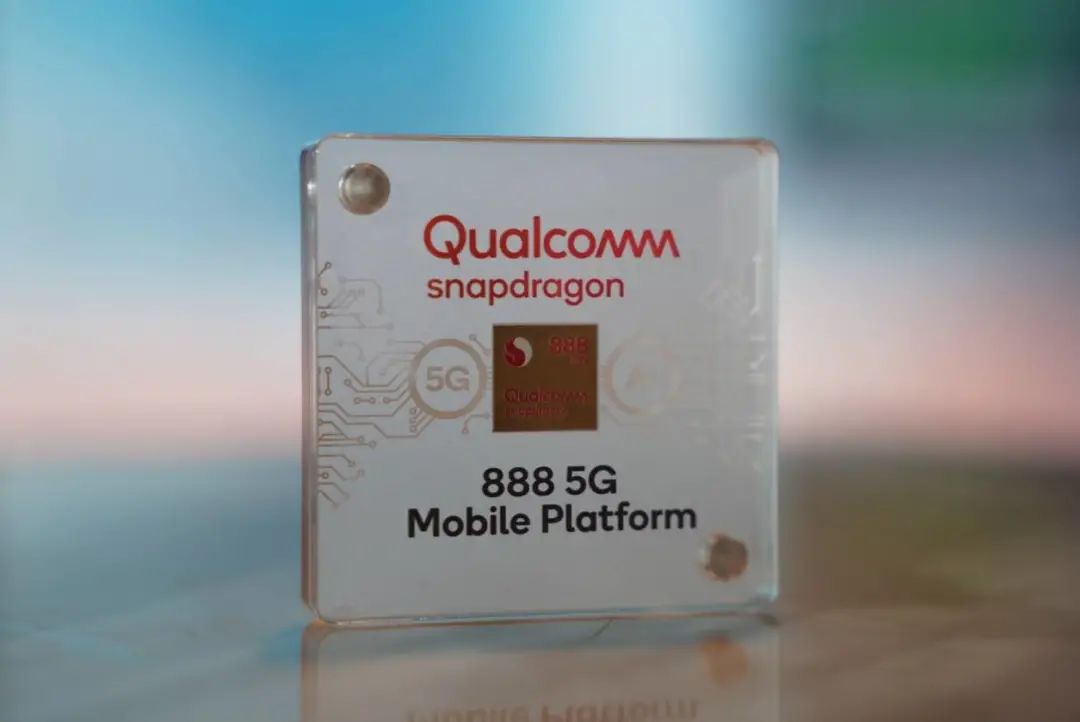
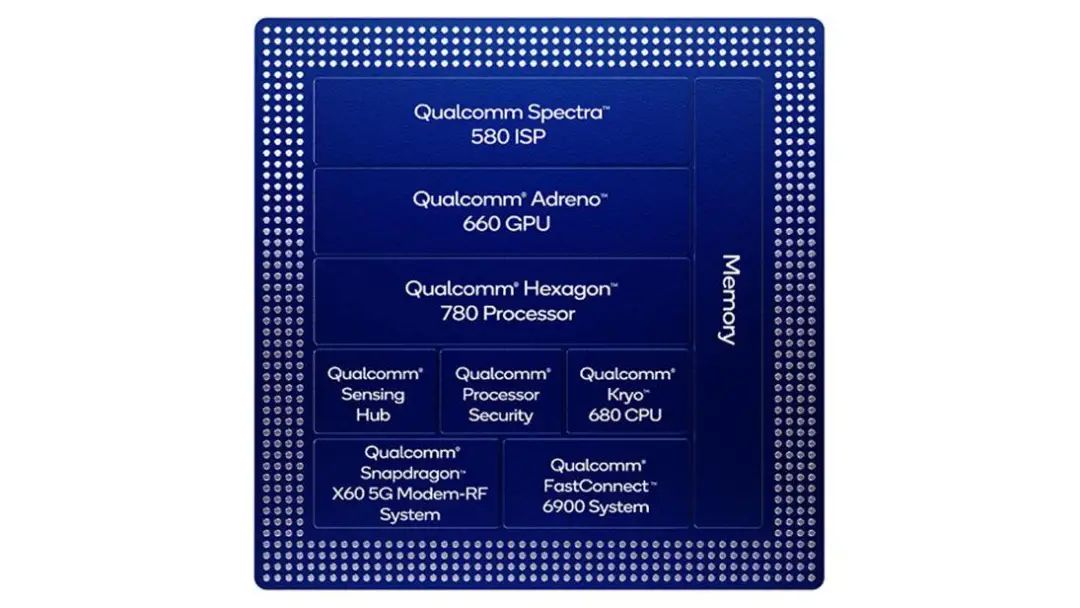
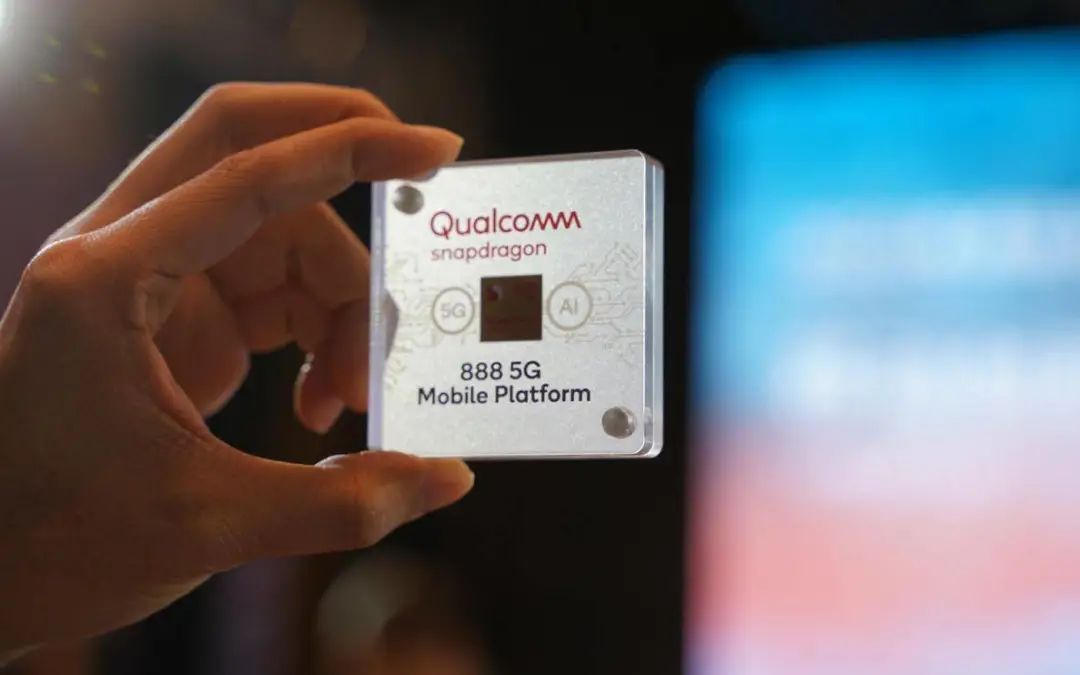

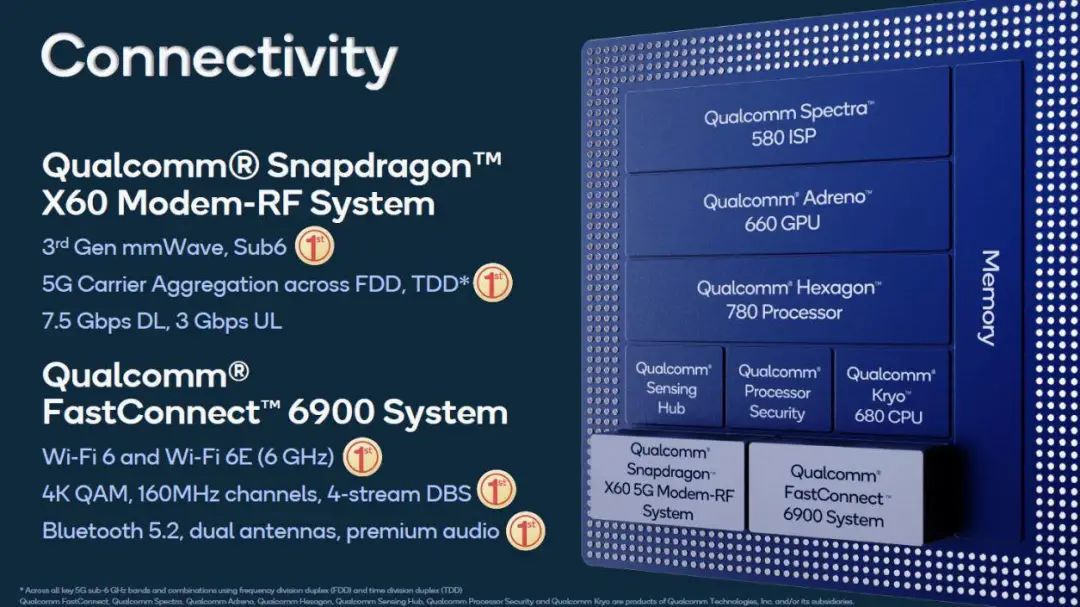

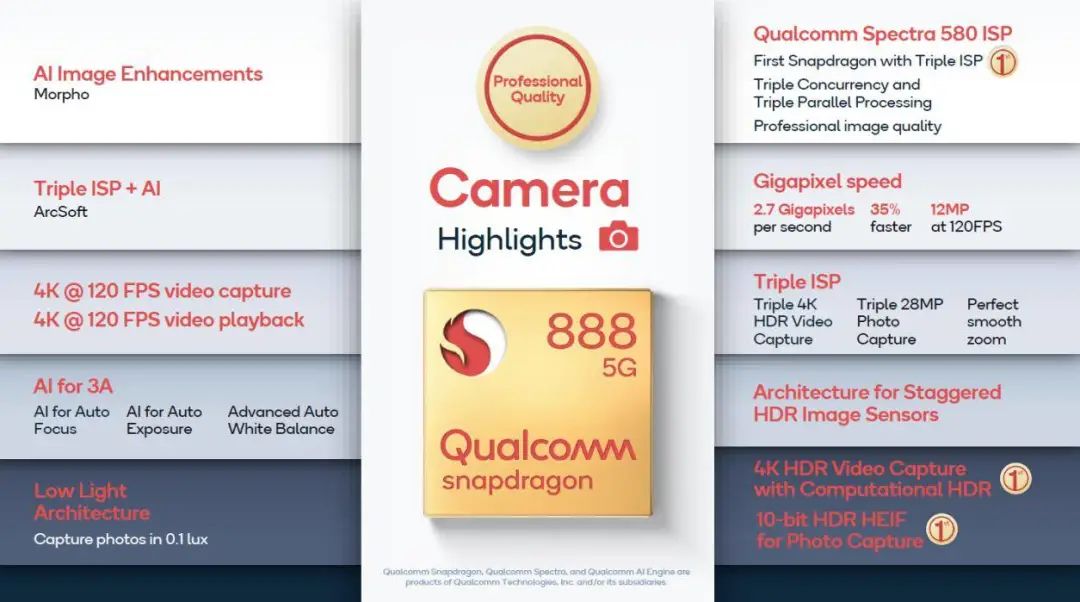
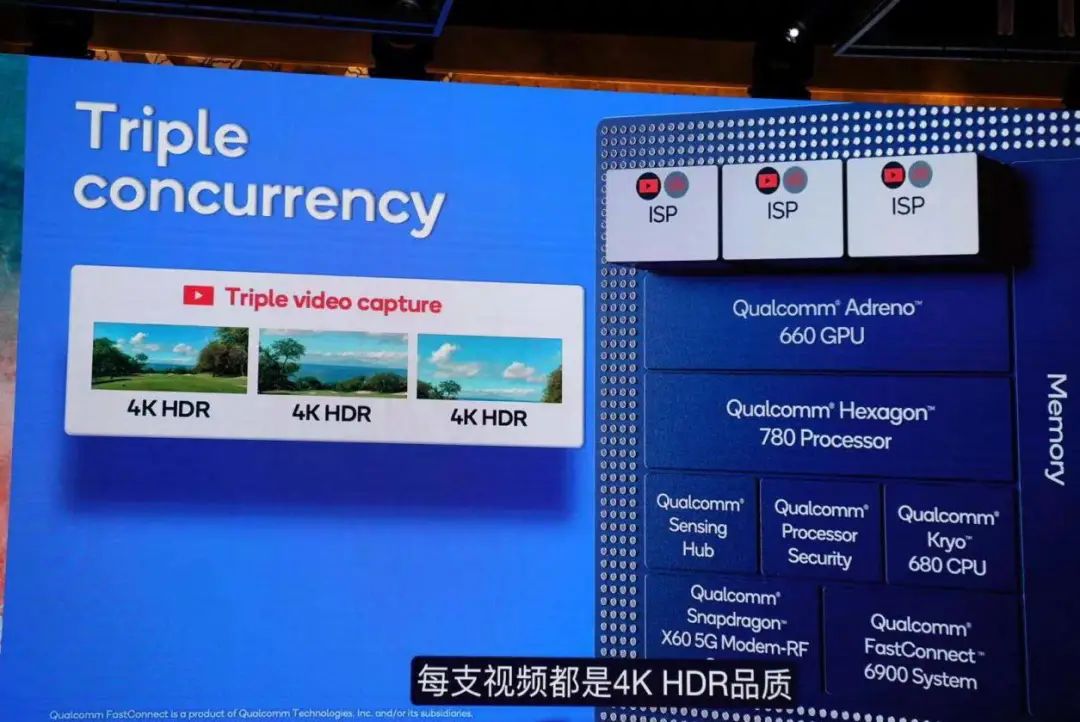
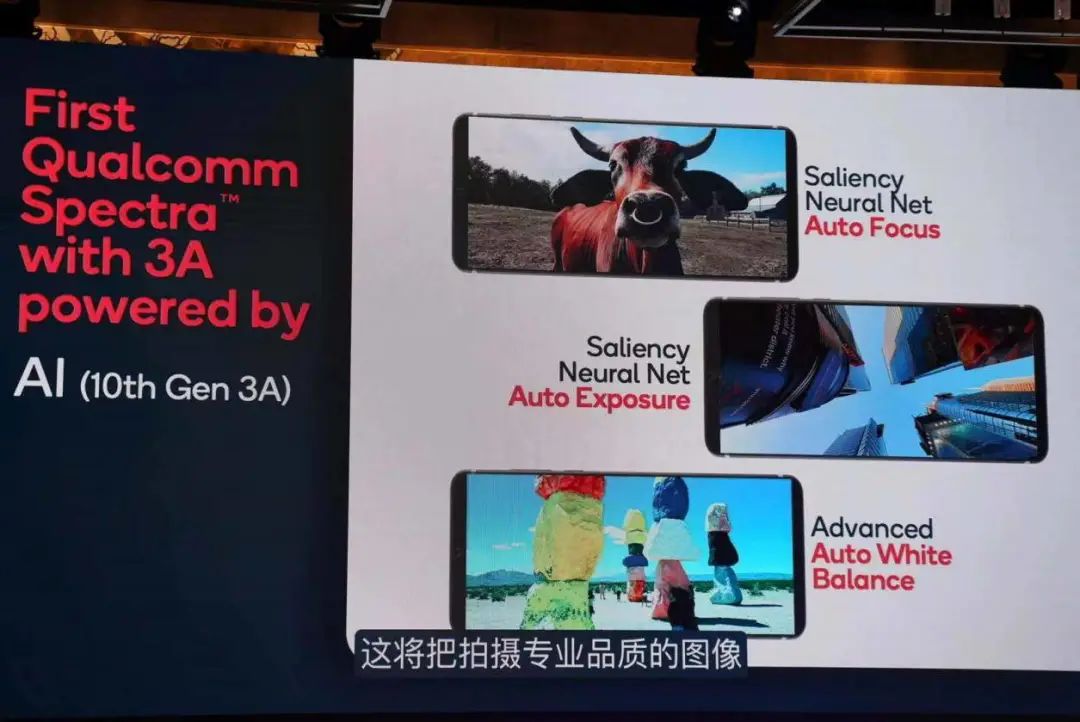




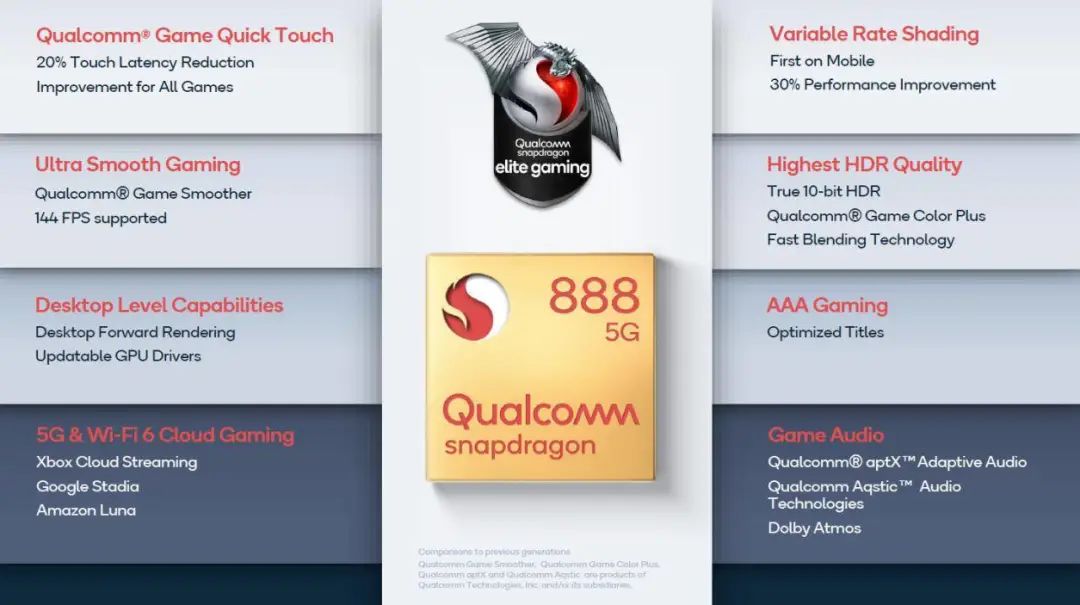
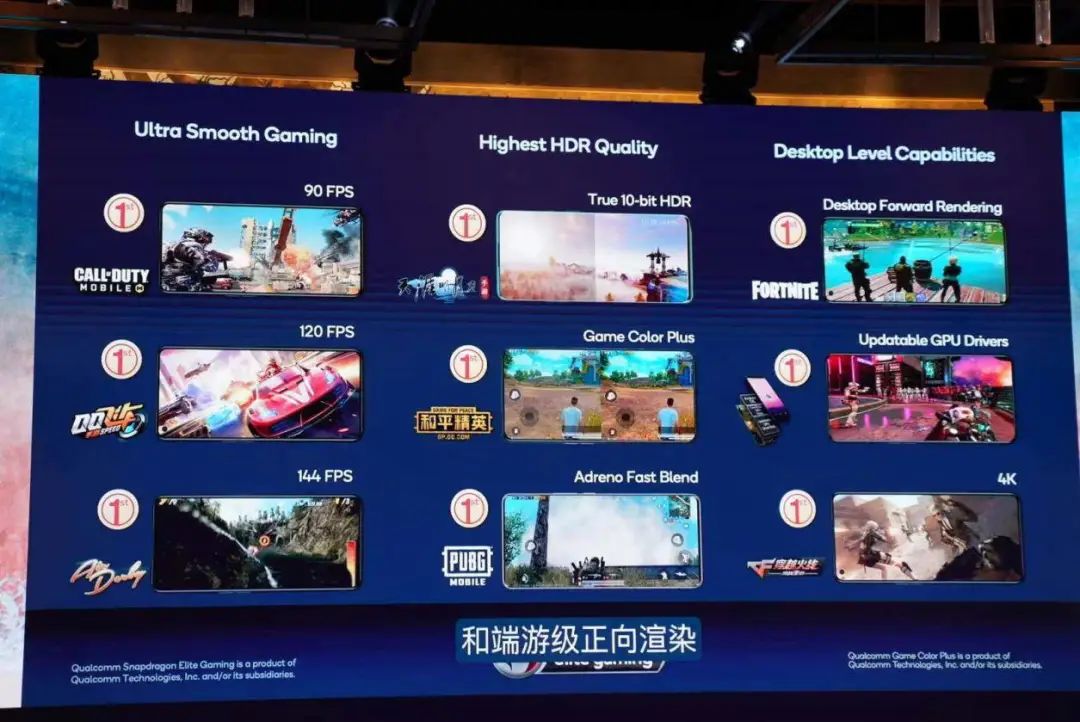



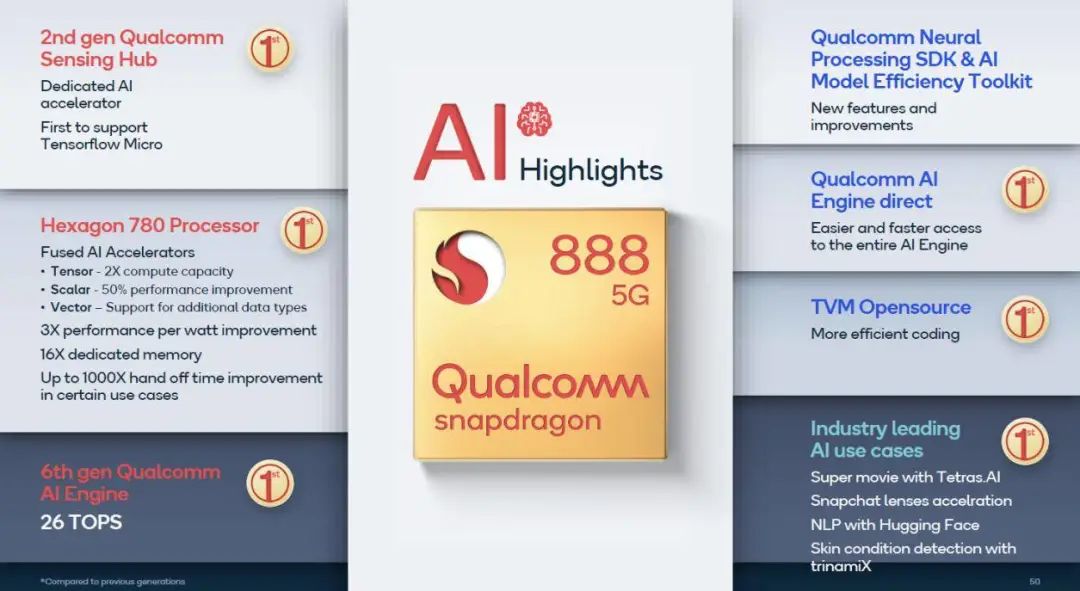
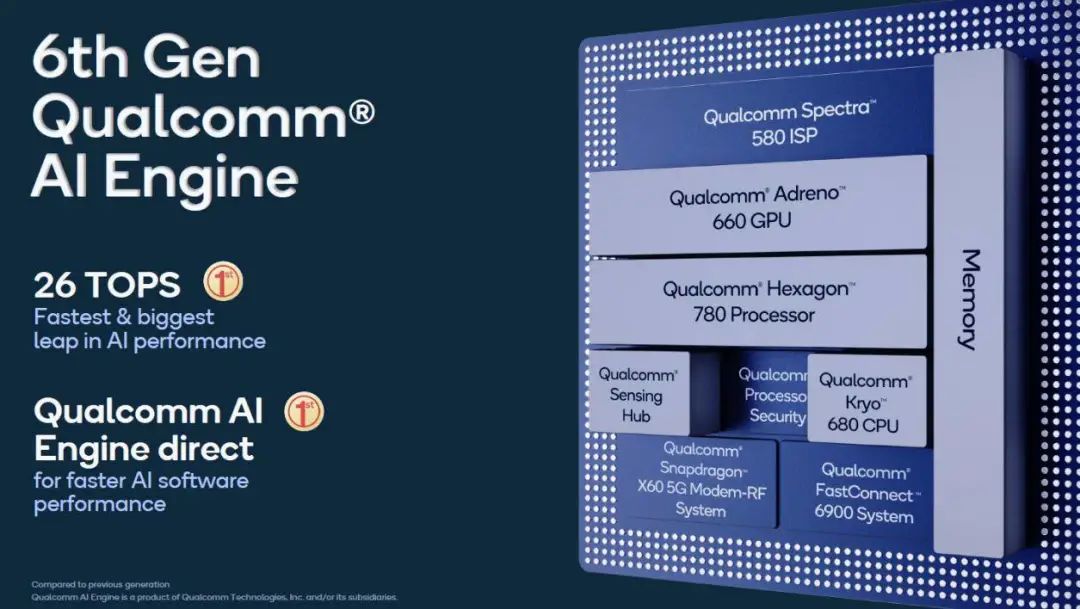

 Like this article? Click here
Like this article? Click here






















 Like this article? Click here
Like this article? Click here